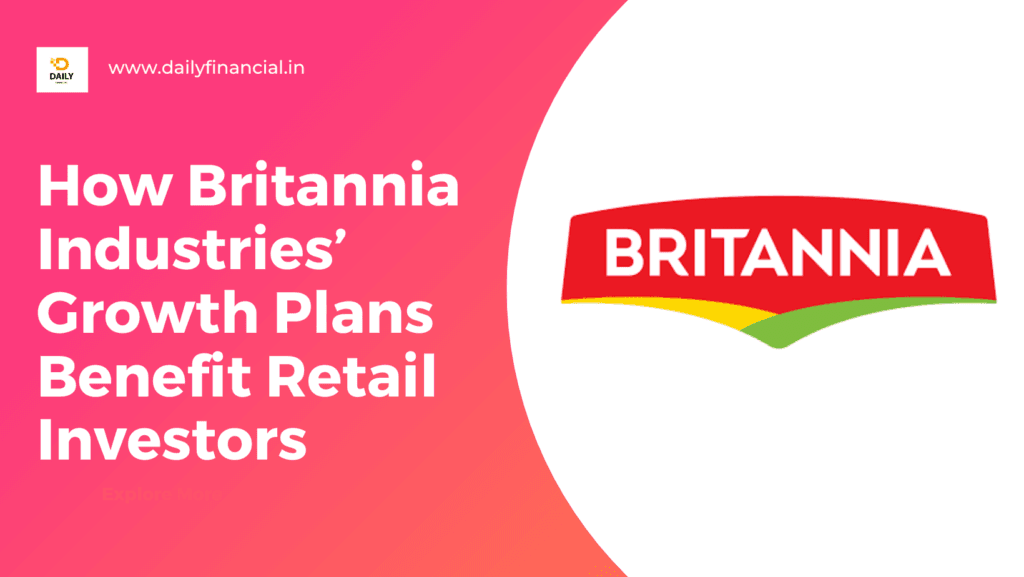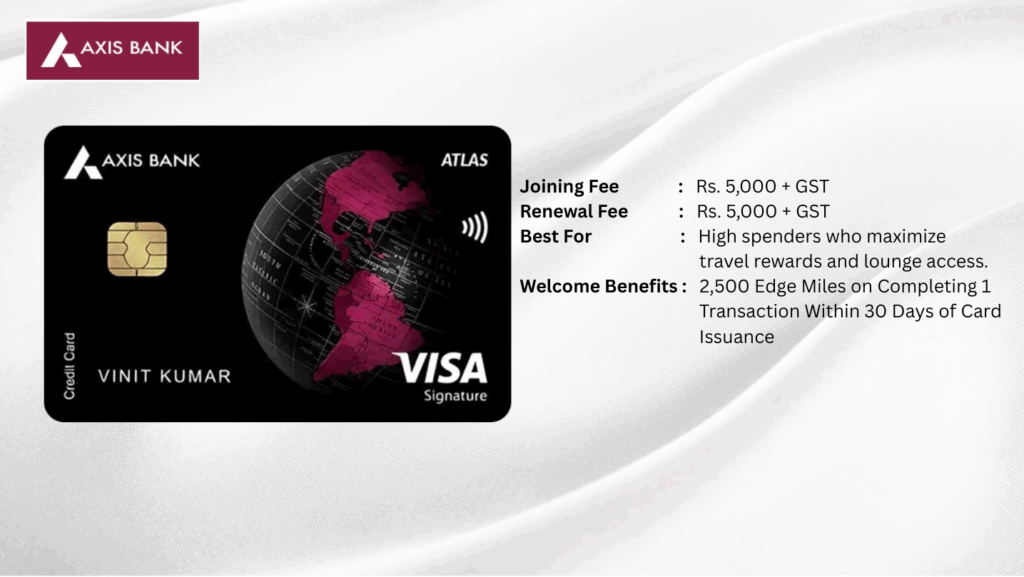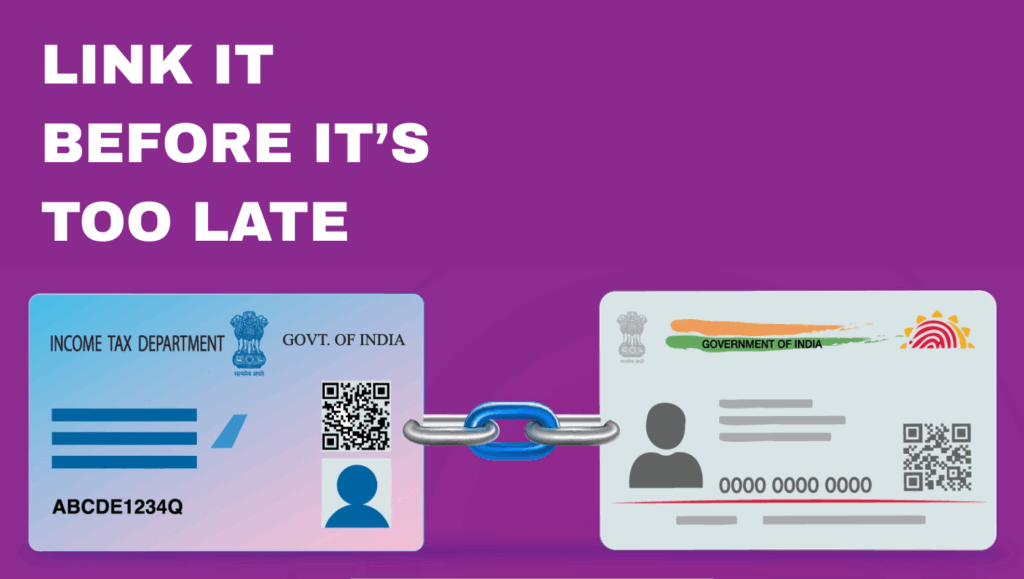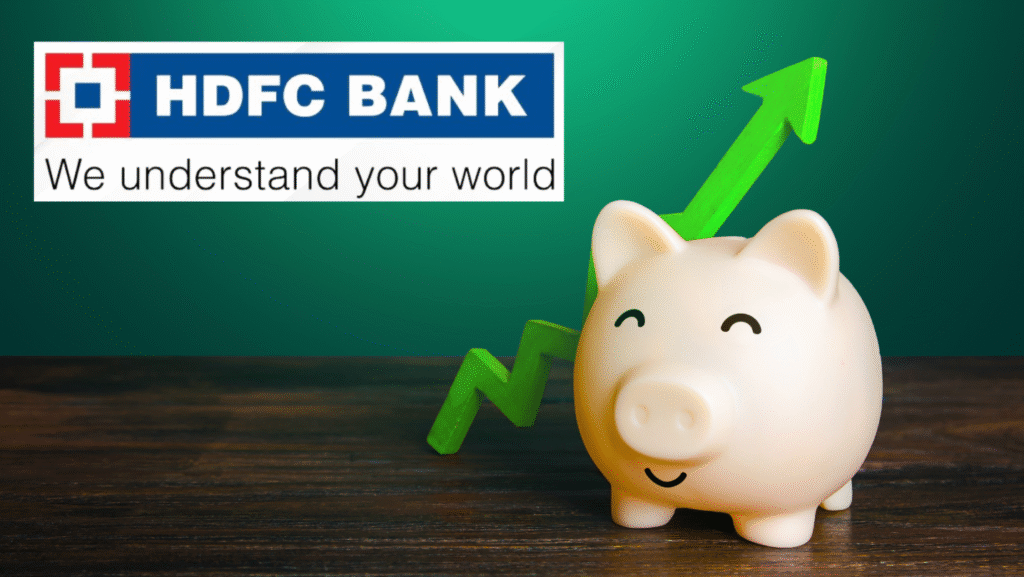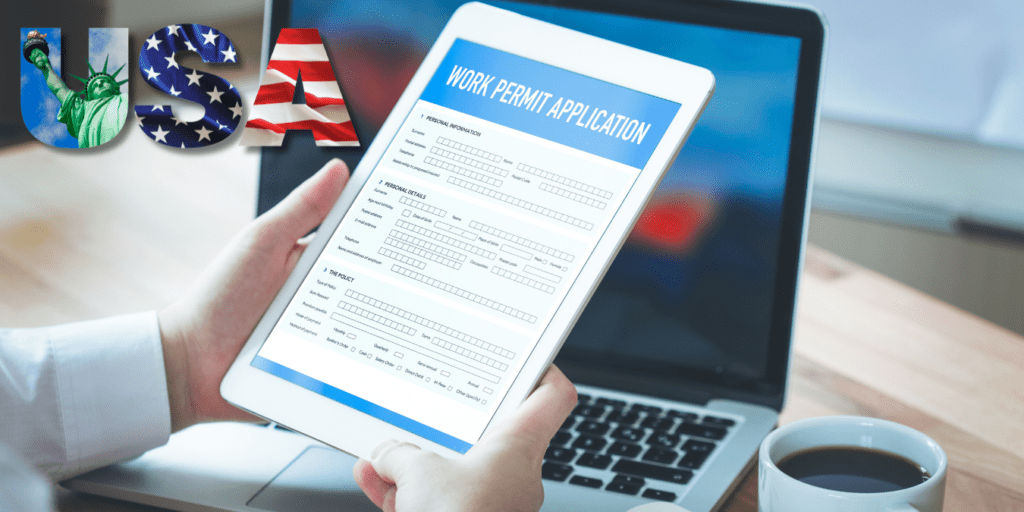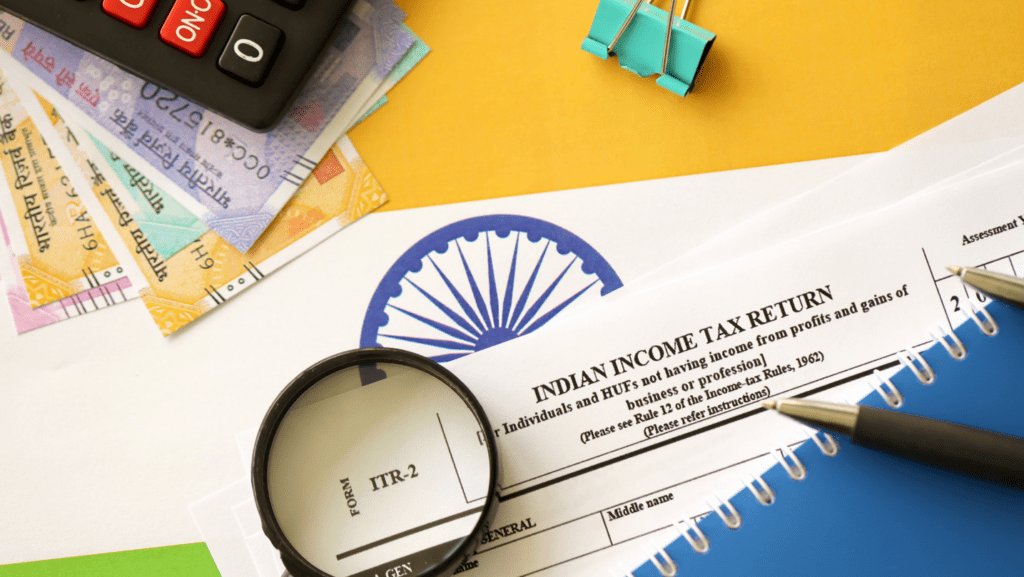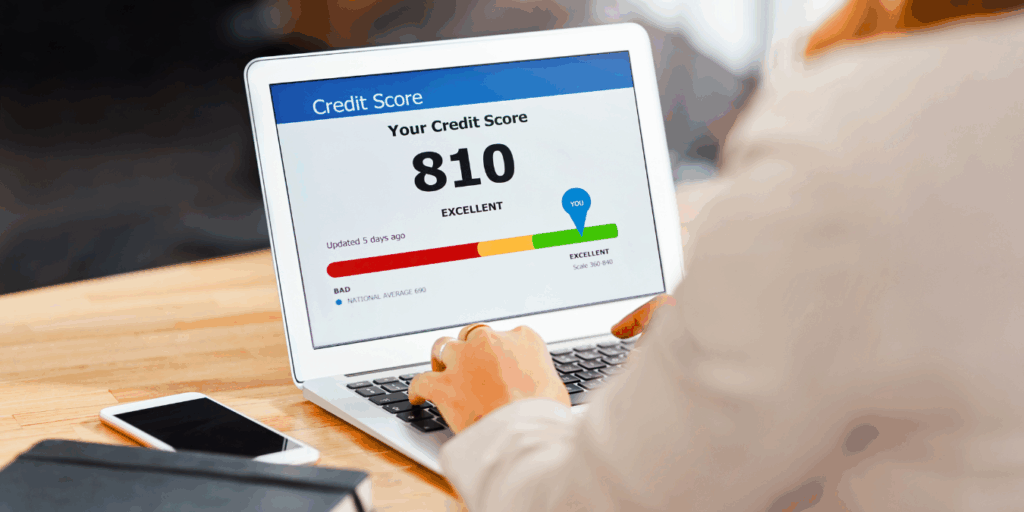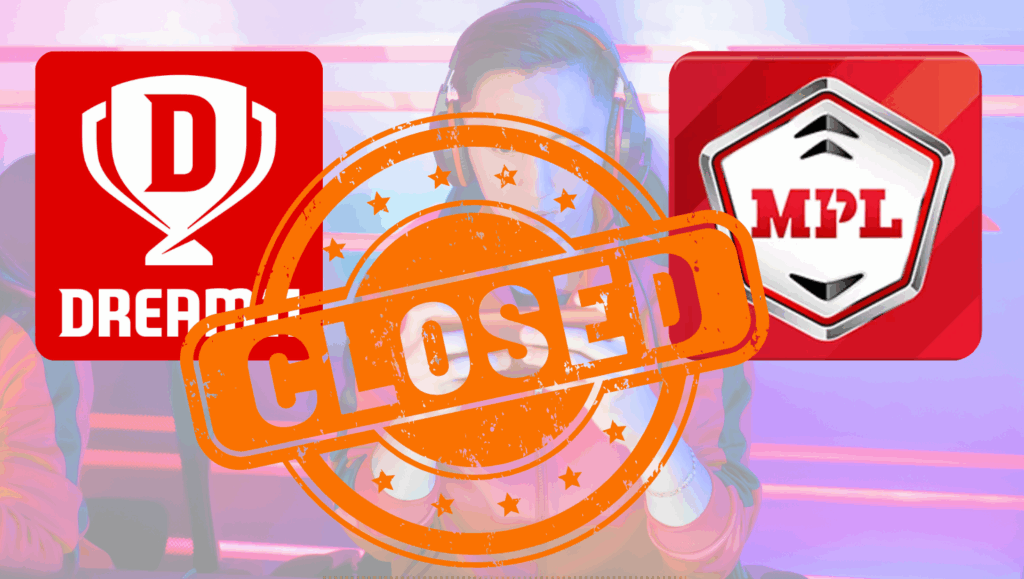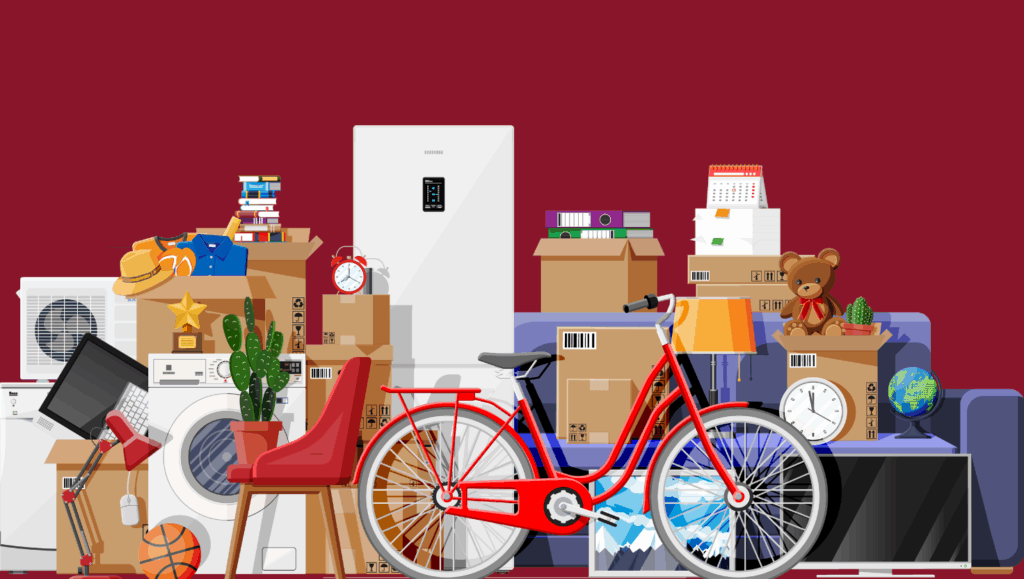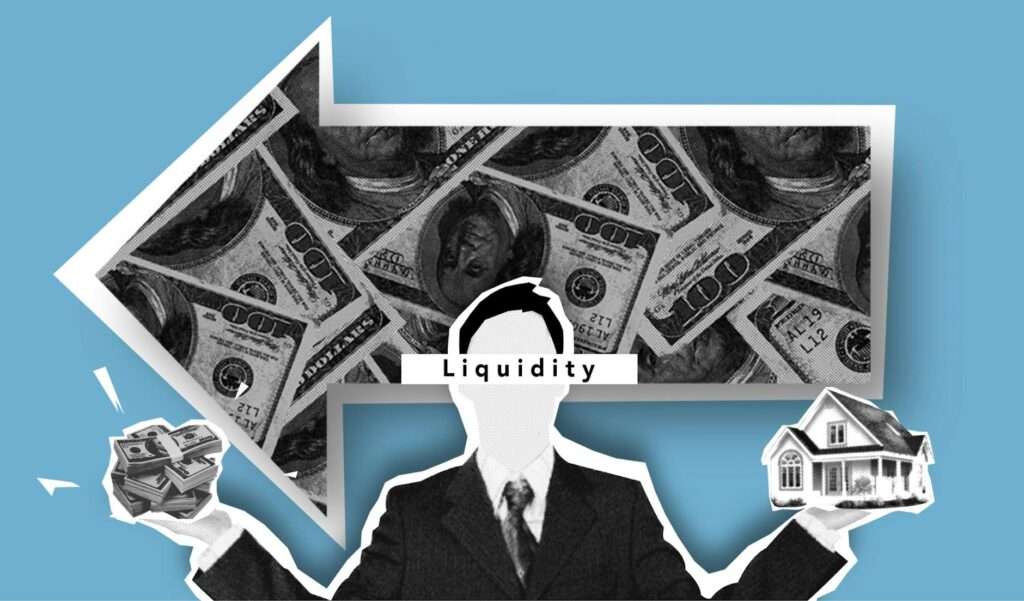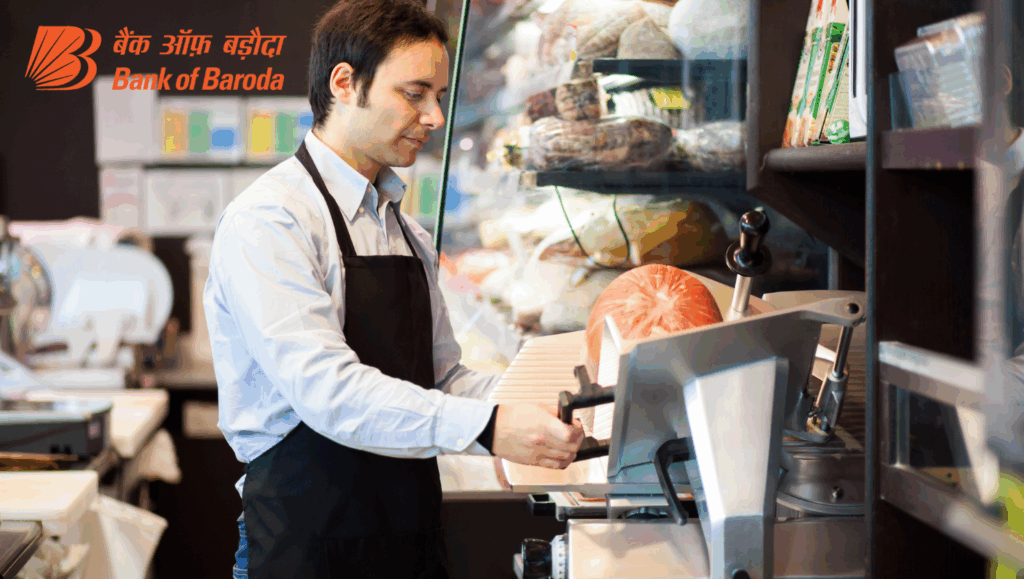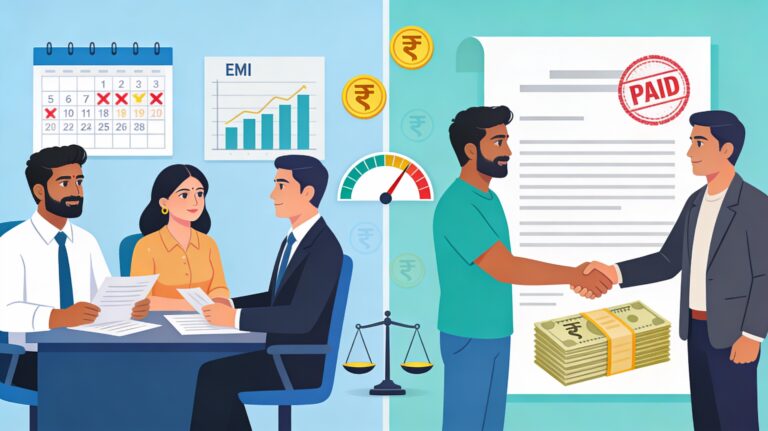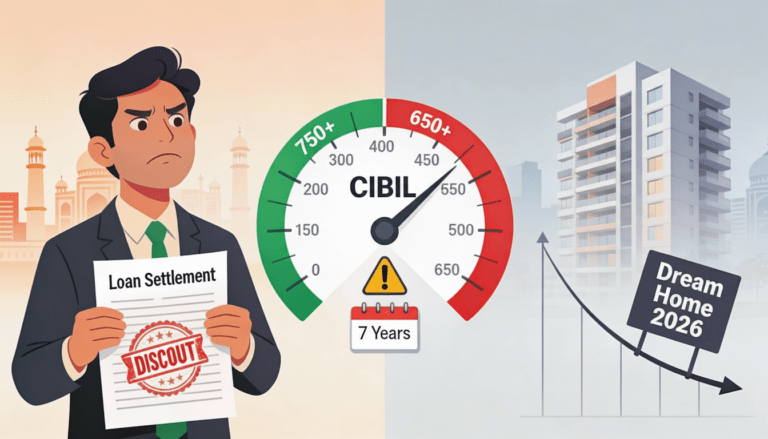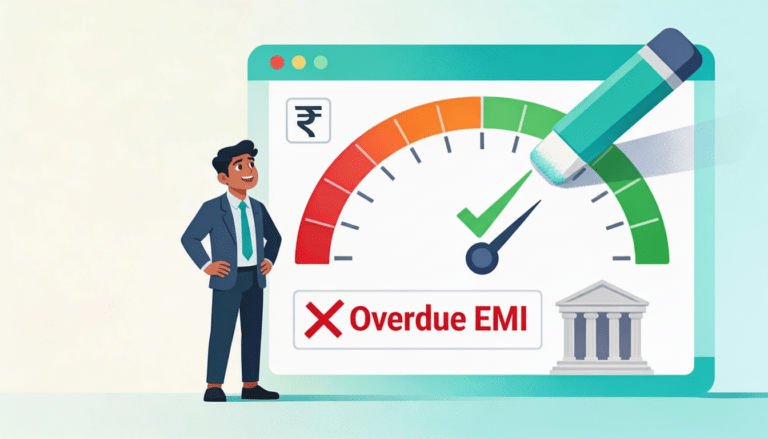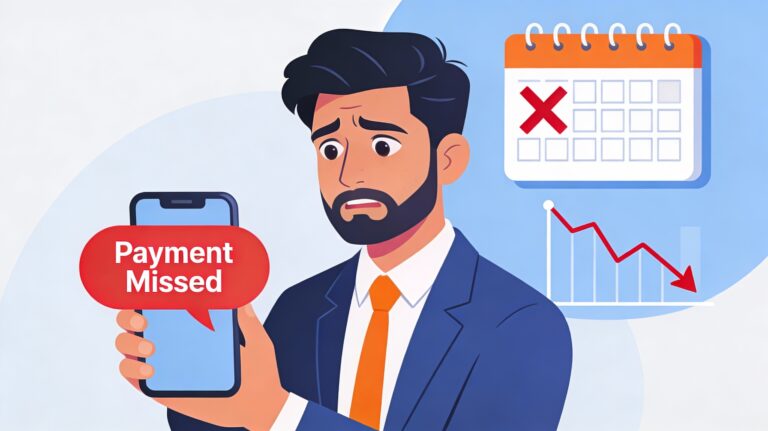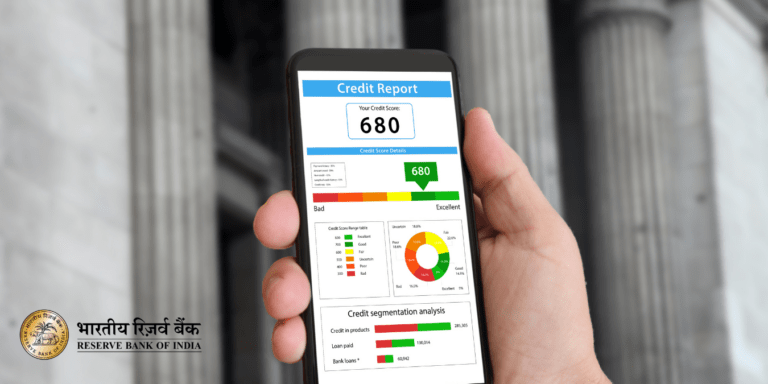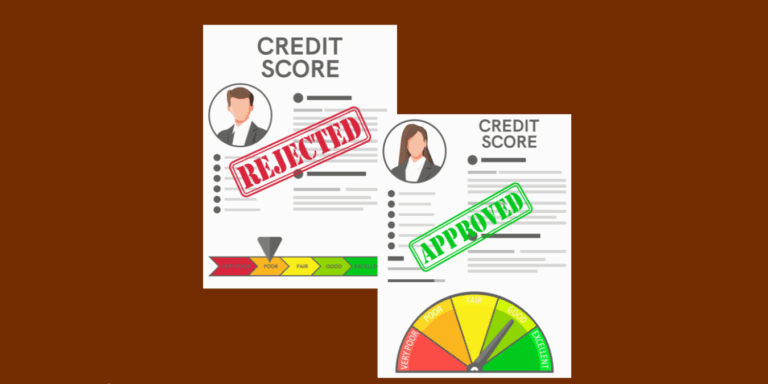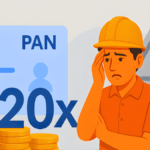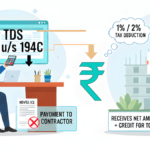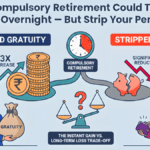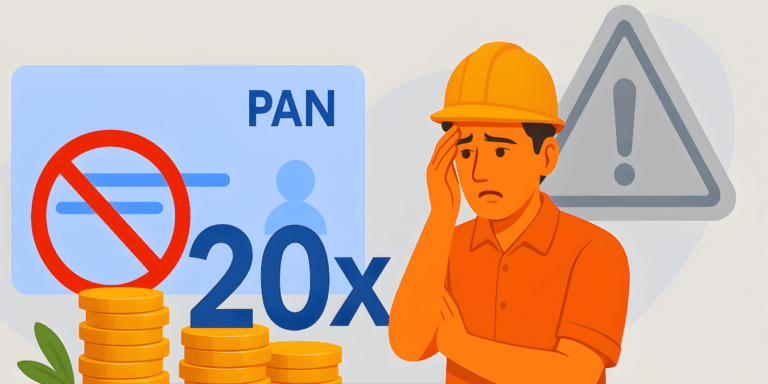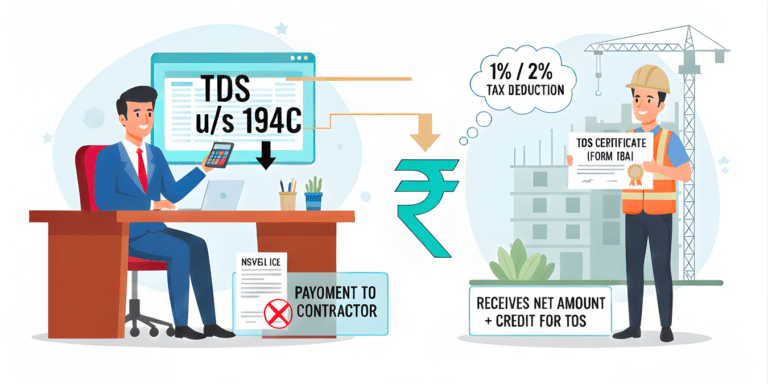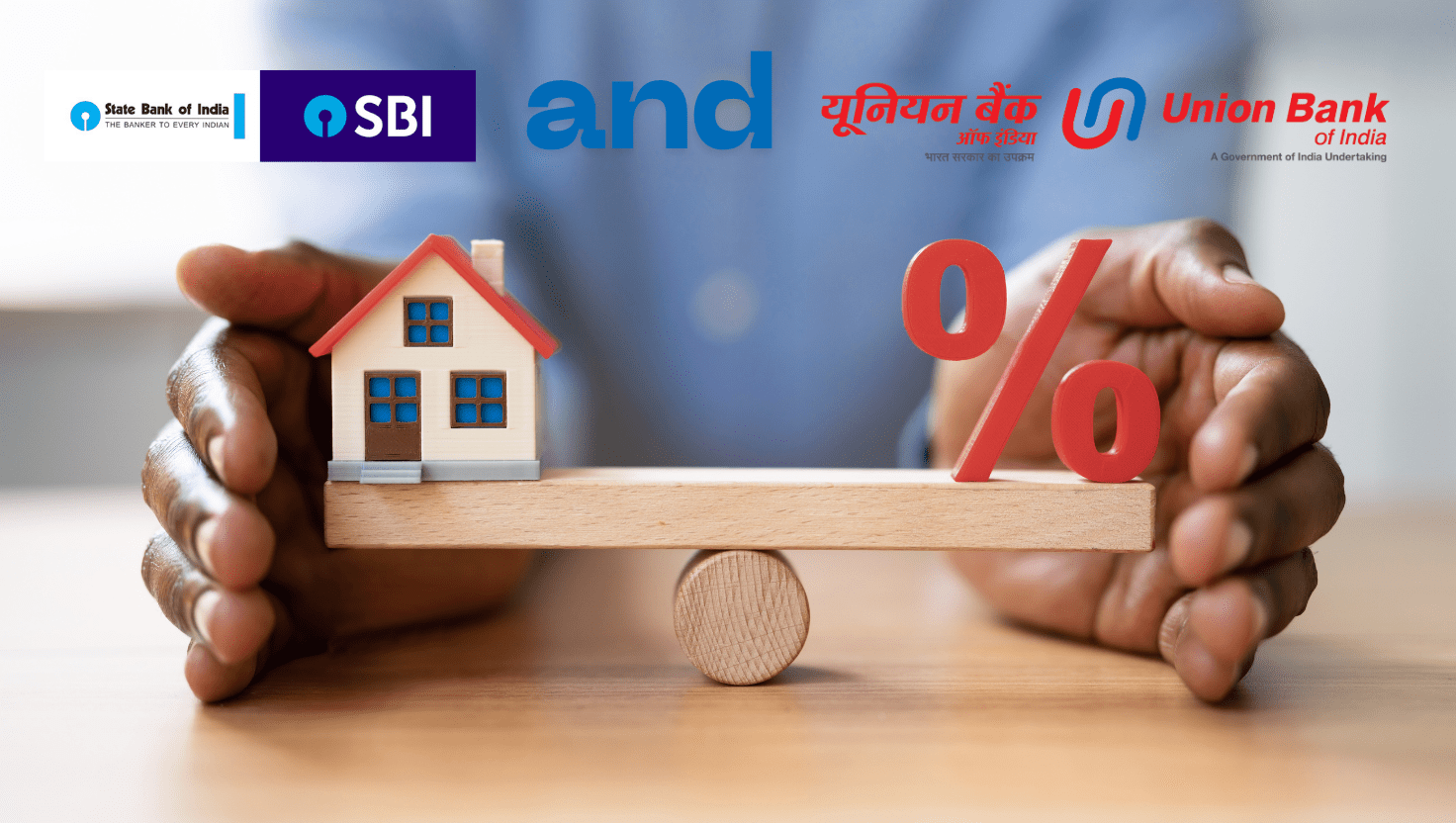
In August 2025, SBI and Union Bank shocked India’s housing market with a sudden home loan rate hike, pushing rates to 8.70% and 12.65%. Why now, despite the RBI’s stable 5.55% repo rate? Thinning margins and fierce competition hint at a brewing storm. Will private banks follow or seize the gap? Low CIBIL score borrowers face soaring EMIs.
In August 2025, State Bank of India (SBI) and Union Bank of India quietly raised their home loan interest rates, sending ripples through India’s housing market. This move, amid a seemingly stable economy, hints at deeper undercurrents. Could this spark a broader rate escalation across India’s banking sector? The suspense lingers. Borrowers with sparkling credit scores might shrug it off, but for those with lower ratings, the impact could sting. Let’s unravel this development, packed with the latest data, to see if your homeownership plans are at risk.
The Sudden Spike: What Triggered the Rate Hike?
On August 1, 2025, State Bank of India, India’s largest lender, increased its home loan interest rates by 25 basis points. Previously ranging from 7.50% to 8.45%, the new spectrum is 7.50% to 8.70% per annum, primarily affecting the upper band for applicants with sub-optimal credit scores. Union Bank of India followed, adjusting its rates to start at 8.60% p.a., with variations based on loan amount and borrower profile. Earlier in 2025, Union Bank’s rates hovered around 7.45% for prime borrowers, but this uptick aligns with SBI’s strategy. Why now? The Reserve Bank of India (RBI) maintained the repo rate at 5.55% in its August 2025 Monetary Policy Committee meeting, yet public sector banks (PSBs) widened their spreads. This counterintuitive move sparks intrigue. Is it a defensive play to protect eroding profits?
- State Bank of India (SBI) Rate Hike:
- Date Effective: August 1, 2025.
- Rate Increase: 25 basis points.
- Previous Range: 7.50% to 8.45% per annum.
- New Range: 7.50% to 8.70% per annum.
- Impact Focus: Upper band (8.70%) primarily affects borrowers with sub-optimal credit scores.
- Context: SBI, India’s largest lender, sets the tone for public sector banks (PSBs).
- Union Bank of India Rate Adjustment:
- New Starting Rate: 8.60% per annum.
- Previous Rate for Prime Borrowers: Around 7.45% earlier in 2025.
- Variations: Rates depend on loan amount and borrower profile (e.g., CIBIL score, income stability).
- Strategic Alignment: Follows SBI’s approach to adjust rates upward despite stable economic indicators.
- RBI Monetary Policy Context:
- Repo Rate: Maintained at 5.55% in August 2025 Monetary Policy Committee (MPC) meeting.
- Counterintuitive Move: PSBs widened spreads despite unchanged repo rate, increasing lending rates.
- External Benchmark Rate (EBR): RBI’s EBR remained stable, yet banks chose to hike rates, suggesting internal strategic motives.
- Potential Triggers for the Hike:
- Eroding Profit Margins:
- Banks rely on the spread between deposit and lending rates.
- Margins have thinned due to rising deposit rates driven by inflation pressures.
- Home loan growth slowed to 9.6% in the year ending June 2025, down from 36.3% the prior year.
- Competitive Pressures:
- PSBs like SBI and Union Bank face intense rivalry from private lenders (e.g., HDFC Bank, ICICI Bank).
- Aggressive low-rate strategies by PSBs in prior years eroded profitability to capture market share.
- Private banks criticized PSBs for undercutting, squeezing industry-wide margins.
- Defensive Strategy:
- Rate hike likely a protective move to safeguard profits amid low margins.
- Aims to balance risk and revenue in a saturated home loan market.
- Signals potential industry-wide recalibration to prioritize sustainability.
- Eroding Profit Margins:
- Market Dynamics:
- Slowing Loan Growth: Home loan demand weakened, with borrower numbers dropping 35% in FY25.
- Shifting Priorities: RBI data shows auto loans outpacing home loans in Q1 FY26, reflecting changing consumer preferences.
- Economic Uncertainties: Global slowdown risks and tariff concerns add caution to lending strategies.
- Intrigue and Implications:
- Counterintuitive Timing: Raising rates despite a stable repo rate suggests proactive risk management.
- Industry Signal: SBI’s move may prompt other PSBs and private banks to follow, potentially normalizing higher rates.
- Borrower Impact: Upper rate hikes (e.g., 8.70% for SBI) disproportionately affect low credit score borrowers, increasing EMIs.
- Suspense: Will private banks exploit the gap with stable rates, or align with PSBs to protect margins?
Decoding the Reasons: Margins Under Pressure
Banks thrive on the margin between deposit and lending rates, but in 2025, these margins have thinned alarmingly. Home loan growth slowed to 9.6% in the year ending June 2025, a sharp decline from 36.3% the previous year. This slowdown reflects saturated markets and post-pandemic recovery challenges. Public sector banks like SBI and Union Bank face fierce competition from private lenders like HDFC Bank and ICICI Bank. Private banks have criticized PSBs for aggressive pricing to capture market share, which erodes overall profitability. “Aggressive strategies hurt margins industry-wide,” noted a private lender executive. With deposit rates rising due to inflation pressures, banks can’t afford to lend cheaply. SBI’s rate hike safeguards these margins, signaling a potential recalibration across the sector. But will private banks follow or exploit the gap? The plot thickens.
Latest Home Loan Interest Rates
As of August 2025, SBI’s home loan rates start at 7.50% for regular schemes, escalating to 8.70% for term loans and up to 9.65% for specific categories like Tribal Plus loans. Union Bank’s rates range from 7.45% to 12.65%, depending on CIBIL scores and loan types. Comparatively, Punjab National Bank (PNB) offers rates from 7.45%, Canara Bank from 7.40% to 10.25%, and Bank of Baroda from 7.45% to 9.20%. Private players like HDFC Bank start at 7.70%, maintaining stability amid PSB hikes. RBI data highlights a shift: housing loans now lag behind auto loans in growth, with Q1 FY26 showing auto loans outpacing home loans. This underscores changing consumer priorities amid economic uncertainties.
| Bank | Interest Rate Range (p.a.) | Notes |
| State Bank of India (SBI) | 7.50% - 8.70% | Up to 9.65% for Tribal Plus loans; varies by credit score |
| Union Bank of India | 7.45% - 12.65% | Rates depend on CIBIL score and loan type |
| Punjab National Bank (PNB) | 7.45% - 9.80% | Varies based on loan amount and tenure |
| Canara Bank | 7.40% - 10.25% | Competitive rates, subject to credit profile |
| Bank of Baroda | 7.45% - 9.20% | Depends on loan amount, CIBIL score, and credit insurance cover |
| HDFC Bank | 7.70% - 9.80% | Stable rates, includes balance transfer and renovation loans |
Impact on Borrowers: The Credit Score Dilemma
The rate hike hits hardest for borrowers with credit scores below 750. SBI’s upper rate jump to 8.70% increases EMIs significantly. For a ₹50 lakh loan over 20 years, a 0.25% hike adds roughly ₹793 monthly, totaling ₹1,90,320 over the loan term. For a ₹1 crore loan, the EMI rises from ₹86,466 to ₹88,052, adding ₹3.8 lakh in costs. Low credit score borrowers face risk premiums, pushing rates higher. In 2025, with ESG (Environmental, Social, Governance) ratings emerging as loan factors, sustainable properties might offer relief, but poor scores amplify costs. Will this deter first-time buyers or push them toward housing finance companies (HFCs) like Bajaj Housing, projecting 21-23% asset growth? The suspense mounts.
Market Trends: A Cautious Housing Landscape
India’s home loan market in August 2025 reflects caution. Borrower numbers dropped 35% in FY25, yet average loan sizes grew, signaling demand for premium properties. PSBs have gained market share, holding sway over private lenders slowed by stresses in unsecured loans. The RBI’s August 2025 MPC maintained the repo rate at 6%, forecasting 6.5% GDP growth for FY26. However, tariff risks and global slowdowns loom. Home loan trends show PSBs leading with competitive yet adjusted rates. Private banks, grappling with bad loans in agriculture and unsecured segments, may soon raise rates, potentially normalizing higher interest rates across the board. The housing market teeters on the edge of change.
Private Lenders’ Reservations: A Brewing Storm?
Private banks have voiced concerns over PSBs’ aggressive low-rate strategies, which squeezed industry margins in FY25. PSUs captured a larger home loan market share, leaving private lenders to contend with liquidity crunches and RBI scrutiny. This aggression, once a boon for borrowers, now backfires as PSBs like SBI and Union Bank hike rates to protect profits. Private lenders might capitalize, offering stable rates to attract premium clients. But will they resist margin pressures? With PSBs cutting rates earlier in 2025 post-RBI repo reductions, this hike feels like a reversal. Borrowers must watch for signs of a rate war or consolidation in the banking sector.
Navigating the Hike: Tips for Aspiring Homeowners
Don’t panic. Boost your credit score to 750+ to access lower rate bands. Compare lenders: PNB at 7.45% or Bank of Baroda at 7.50% may offer better deals. Opt for fixed rates if market volatility worries you, though floating rates remain popular. Prepay loans when possible to mitigate EMI hikes. For low-score borrowers, HFCs like Bajaj Housing or LIC Housing Finance offer leniency, albeit at premiums. Leverage government schemes like the Pradhan Mantri Awas Yojana (PMAY), offering up to 6.5% interest subsidies for eligible households earning up to ₹18 lakh annually. Use online EMI calculators on platforms like BankBazaar to plan finances. Timing matters—festive season offers in October 2025 may bring rate discounts or waived fees.
The Bigger Picture: A Shift Toward Sustainable Lending?
This rate hike signals a maturing banking sector in India. Amid low margins and fierce competition, banks prioritize sustainability over loan volume. For borrowers, it’s a wake-up call: credit health is paramount. SBI and Union Bank’s adjustments reflect a strategic pivot to balance risk and profitability. Looking ahead, India’s home loan market could expand significantly by 2034, driven by urbanization and rising incomes. However, short-term caution prevails. Will rates climb further, or stabilize? Monitor RBI updates and lender announcements closely. Your dream home awaits, but informed steps are crucial.
Why This Matters for India’s Housing Market
The 2025 rate hikes by SBI and Union Bank could reshape India’s housing landscape. Low credit score borrowers face the brunt, with higher EMIs straining budgets. Yet, the broader market shows resilience, with premium property demand holding strong. PSBs’ dominance and private lenders’ caution create a dynamic interplay. As competition intensifies, borrowers must stay proactive—improving credit scores, comparing rates, and exploring HFCs or government schemes. The suspense of whether private banks will follow suit or hold steady keeps the market on edge. India’s housing sector evolves rapidly, and staying informed is your best tool.
Final Thought: A Turning Point or a Temporary Shift?
SBI and Union Bank’s home loan rate hikes, effective August 2025, mark a pivotal moment. Driven by thinning margins and competitive pressures, these adjustments hit low credit score borrowers hardest, adding thousands to monthly EMIs. Yet, opportunities remain. High credit score holders can still secure competitive rates, and schemes like PMAY offer relief. As India’s housing market navigates economic uncertainties, the question looms: Is this a temporary adjustment or the start of a broader rate escalation? Stay vigilant, plan smart, and keep your dream home within reach. Visit SBI and Union Bank’s official websites for personalized loan details. The future of homeownership depends on your next move.
Disclaimer: The use of any third-party business logos in this content is for informational purposes only and does not imply endorsement or affiliation. All logos are the property of their respective owners, and their use complies with fair use guidelines. For official information, refer to the respective company’s website.
